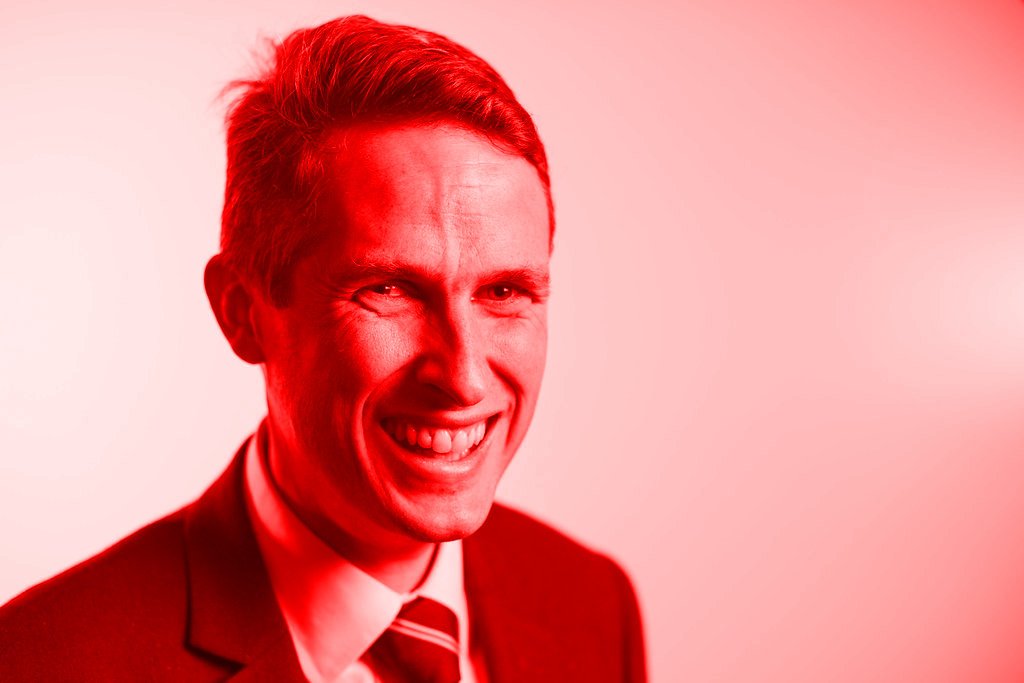
It’s certainly dramatic language. Gavin Williamson is on record as planning to “slash” (some sources even say ‘smash’) the taxpayer subsidy for subjects such as media studies. More cautious ministers might have spoken about reducing funding or withdrawing support but that’s not harsh enough for tough guy Gav. After all, this is a man who poses for official photographs with a whip on his desk and takes his pet tarantula to work.
Analysis of this juvenile posturing says a great deal about Williamson and much about the nature of our current government. For a start, ‘slashing’ media studies might play well with some sections of the press but it doesn’t make a great deal of sense to damage a discipline associated with some of our most successful industries. Definitions are tricky but, as a whole, the Department for Digital Culture Media and Sport (DCMS) Sectors (excluding Tourism) “contributed £224.1 billion to the UK in 2018, accounting for 11.7 per cent of the economy.” In 2018 DCMS reported that the cultural sector was growing at five times the rate of the UK average.
The usual criticism of Media Studies courses is that they fail to lead to jobs. That’s hard to square with the fact that it relates to a very large and rapidly growing sector. It’s even harder to square with the evidence on graduate employment. A recent study found that, while 72.9 per cent of media studies graduates were in employment six months after graduation, the figure for all graduates was only 67.1 per cent.
Not even the ‘slashing’ really stands up to scrutiny. Public funding for higher education comes largely from student fees – on average £9,250 per year. In addition, subjects that are expensive to teach receive a top-up administered by the Office for Students. For the clinical stages of medicine and dentistry the top up is currently £9,720; for laboratory-based science, technology and engineering it is £1,45 and for subjects like creative arts, software engineering and media studies it is £243. Williamson plans to ’slash’ the top-up for media studies to £122 this year and nothing the next.
While any cut is unwelcome universities will lose less than 5 per cent of funding for media courses when fees and top-up are both taken into account. Furthermore, the total sum saved by this cut will be £20 million in the next academic year – well under 2 per cent of the total top-up budget of £1.28 billion. So even the argument that cutting media studies will lead to a significant increase in spending on STEM (science, technology, engineering and maths) is dishonest.
This is an act designed simply to attract headlines from a largely sympathetic press. Out of his depth and desperate after a series of high profile failures, the man once likened by Philip Hammond to Private Pike from Dad’s Army is focused simply on shoring up his support among the party faithful. He knows that this sort of announcement will play well with readers of the Sun and the Mail and for good measure will provoke a reaction from those he can caricature as ‘luvvies and lefties’.
He is not alone in trying to pull this trick. The so-called ‘war on woke’ being pursued by Robert Jenrick with Williamson in a supporting role is a more substantial and sustained attempt to deflect attention from the many failings of Johnson’s administration – not least the unravelling of his Brexit deal. ‘Slashing’ or ‘smashing’ media studies however is just too crude to be credible.

It is, however, consistent with Williamson’s style which seems more suited to a schoolboy than a Secretary of State. He is, after all, the man who as Defence Secretary famously said that Russia “should go away and shut up”. Many in education think it is high time he took his own advice.





